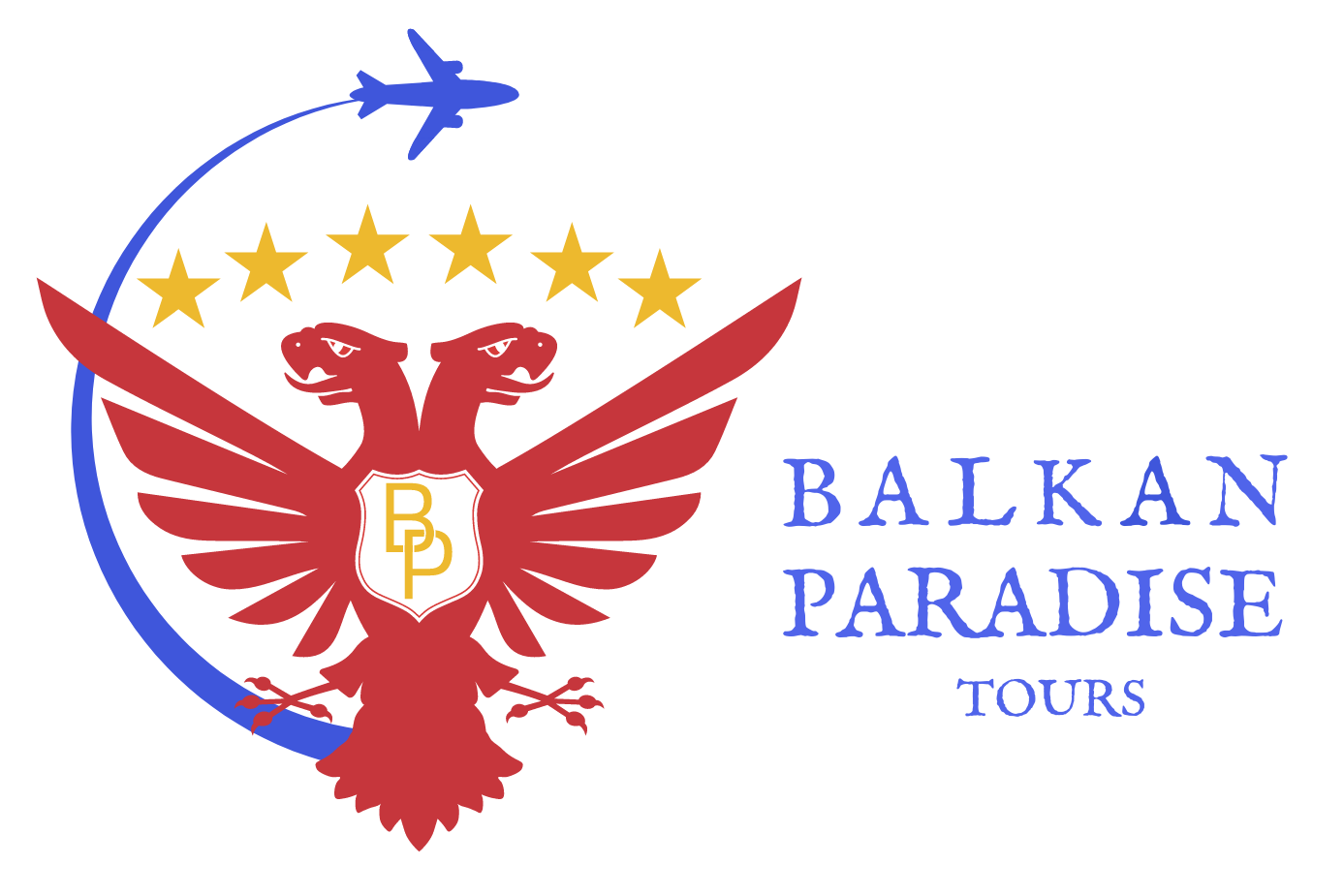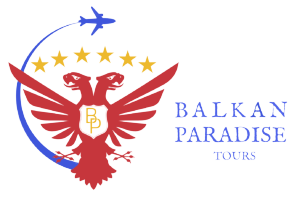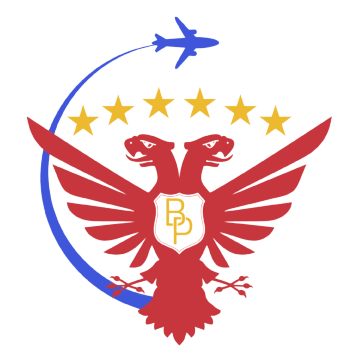Blog
Traveler’s guide
Kosovo presents an exceptional destination, captivating those with a refined appreciation for nature’s beauty and the enchanting cultural landmarks that accompany it.
Behold the grandeur of the country’s majestic waterfalls, take a stroll through the pristine national parks, uncover the secrets of the ancient monasteries, wander the cobbled streets of the traditional cities, and bask in the stunning beauty of the mosques.
This is just the beginning of the countless treasures that Kosovo has to offer.
Allow us to provide you with the essential information needed to plan your journey.
general information :
– Kosovo’s capital : Pristina
– Official language : Albanian.
Kosovo’s relations with Albania are very good. Kosovars use the Albanian language to communicate. The second official language is Serbian.
– The official currency is the : euro. Many countries also support credit card payments.
The emergency lines in Kosovo are:
– Emergency line : 112
– The police : 192
– Ambulance : 194
general information :
– The Capital : Pristina
– Official language : Albanian.
The second official language is Serbian.
– Official Currency : euro.
Also support credit card payments.
Emergency lines in Kosovo:
Emergency line
112
The police
192
Ambulance
194
Population
According to statistics from the Kosovo Statistics Agency at the beginning of 2019, the population of Kosovo was 1,795,666.
According to the Kosovo Agency of Statistics census for 2011, 92.9% of Kosovo’s population is Albanian, 1.5% are Serbian, 1.1% are Turkish, 1.6% are Bosniak, 0.9% are Ashkali, 0.7% are Egyptian, 0.6% are Gorani, 0.5% are Roma, and 0.1% are others.
- Surface: 10,887 km 2
- Calling Code: +383
- Time Unit: Central European Time (GMT + 1)
Religion
Kosovo is a secular state with a predominantly Islamic heritage.
About 60,000 Kosovars consider themselves Catholics.
main cities
- Pristina, the capital.
- Prizren
- Peja
- Gjakova
The History of Kosovo
The Illyrians were the original inhabitants of most of the Balkans.
The Dardanians were the largest Illyrian tribe that headed the Dardanian Kingdom, in the center of the Balkans, and especially in Kosovo.
In ancient times, Kosovo began to be known as Dardania (a word derived from the Albanian word for the pear tree, which was widespread in the Dardanians’ lands).
The Geography of Kosovo
Kosovo is located in Southeast Europe, in the central part of the Balkan Peninsula.
It is bordered by Albania to the southwest, Montenegro to the northwest, Serbia to the north, and Macedonia to the east and southwest.
Kosovo Independence
After the 1999 war, Kosovo was still officially part of Serbia.
However, the place was governed by the United Nations.
The state declared its independence on February 17, 2008.
The Climate of Kosovo
The climate in Kosovo is continental, so it is hot during summer and cold during winter.
December and January are the coldest months, and July and August are the hottest months of the year.
Snowfall can be expected between November and March.
Kosovo history : Illyrians are the original inhabitants of most of the Balkans ,
The Dardanians were the largest Illyrian tribe that presided over the Dardanian kingdom, in the central Balkans, especially in Kosovo. In ancient times, Kosovo began to be known as Dardan (a word derived from the Albanian pear for the tree widespread in Dardanian lands). It was inhabited by the Illyrian Dardanians. The most important city of the Dardanians was Damastion, known as a center of mineral extraction. The Dardanians are noted as powerful warriors, very good miners, cattlemen, and famous merchants. Major cities included Damastion, Nis, Skopje, and Ulpiana.
Kosovo’s independence : After the 1999 war, Kosovo was officially still part of Serbia. But the place was governed by the United Nations. The country declared its independence on February 17, 2008.
Geography : Kosovo extends in southeastern Europe, in the central part of the Balkan Peninsula. It borders on the southwest with Albania, on the northwest with Montenegro, on the north with Serbia, on the east and southwest with Macedonia.
Kosovo occupies an area of about 10,900 square kilometers and has an average elevation of 800 meters above sea level, which shows vertical variations in topography and morphology. These morphological changes are caused by geological construction. The lowest point in Kosovo is in the valley of the Dreni i Bardi river, on the border with Albania and reaches 297 meters above sea level. The highest point is located in the south of Kosovo – in Jeravici – with an altitude of 2565 meters.
climate : The climate in Kosovo is continental, resulting in hot summers and cold winters. Because of the unequal elevations in different places in Kosovo, there are differences in temperature and precipitation. December and January are the coldest months, and July and August are the hottest months of the year. Snow can be expected between November and March.
Travel to Kosovo
By Air
"Adem Jashari International Airport"
is located a 20-minute drive from the center of the capital, Pristina.
By Land
You can either drive or use buses to major cities such as Pristina and Prizren to other places in the Balkans.
Moving Around
There is a good public transportation network connecting all major cities, but a private car is the best option
By Air : Kosovo has a new international airport. This is a twenty-minute drive from the center of the capital, Pristina. The name of the airport in Kosovo is Adem Jashari International Airport.
Overland : There are 4 major ports: Schengen, Durres, Vlora, Saranda There are daily flights from Saranda in the far south of Albania to the port of Corfu, Greece.
Navigating through Kosovo : There is a good public transport network connecting all major cities, but the best option is a private car.



